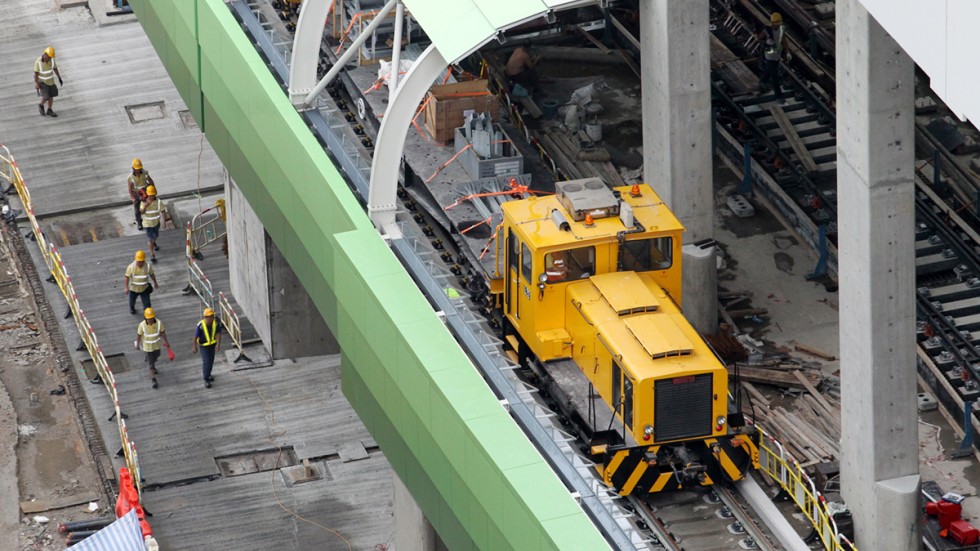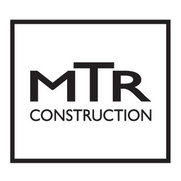

The consultants received new data from the 1966 by-census on 6 March 1968. The study was submitted to the Legislative Council on 14 February 1968. These four lines were Kwun Tong Line (from Western Market to Ma Yau Tong), Tsuen Wan Line (from Admiralty to Tsuen Wan), Island Line (from Kennedy to Chai Wan Central), and Shatin Line (from Tsim Sha Tsui to Wo Liu Hang). Detailed positions of lines and stations were presented in the study. The study suggested that four rail lines be developed in six stages, with a completion date set between December 1973 and December 1984. On 1 September 1967, the consultants submitted the Hong Kong Mass Transport Study to the government, which recommended the construction of a 40-mile (64 km) rapid-transit rail system in Hong Kong. The study was based on the projection of the population of Hong Kong for 1986, estimated at 6,868,000. British transportation consultants Freeman, Fox, Wilbur Smith & Associates were appointed to study the transportation system of Hong Kong.

11.1 Yuen Long controversy and destruction of conservation area.4.2 Station facilities, amenities and services.3 Newly built extensions (2010–present).2.8 Tseung Kwan O Line extension to LOHAS Park.Īs a successful railway operation, the MTR has served as a model for other newly built systems in the world, particularly in mainland China. There are continual debates regarding how and where to expand the MTR network. The MTR was immediately popular with residents of Hong Kong as a result, subsequent lines have been built to cover more territory. Construction started soon after the release of the study, and the first line opened in 1979. The integration of the Octopus smart card fare-payment technology into the MTR system in September 1997 has further enhanced the ease of commuting on the MTR.Ĭonstruction of the MTR was prompted by a study, released in 1967, commissioned by the Hong Kong Government in order to find solutions to the growing road congestion problem caused by the expansion of the territory's economy. As of 2014, the MTR has a 48.1% market share of the franchised public transport market, making it the most popular transport option in Hong Kong. It consistently achieves a 99.9% on-time rate on its train journeys. Under the government's rail-led transport policy, the MTR system is a common mode of public transport in Hong Kong, with over five million trips made in an average weekday. It is one of the most profitable systems in the world, with a high farebox recovery ratio of 186%. The MTR system is operated by MTR Corporation Limited (MTRCL). Opened in 1979, the system now includes 218.2 km (135.6 mi) of rail with 155 stations, including 87 railway stations and 68 light rail stops. The Mass Transit Railway ( MTR) is the rapid transit railway system in Hong Kong.

(almost standard gauge – all other lines) ( standard gauge – East Rail, West Rail, Ma On Shan lines, and Light Rail only)

For the company that operates the system, see MTR Corporation. This article is about the metro system in Hong Kong.


 0 kommentar(er)
0 kommentar(er)
